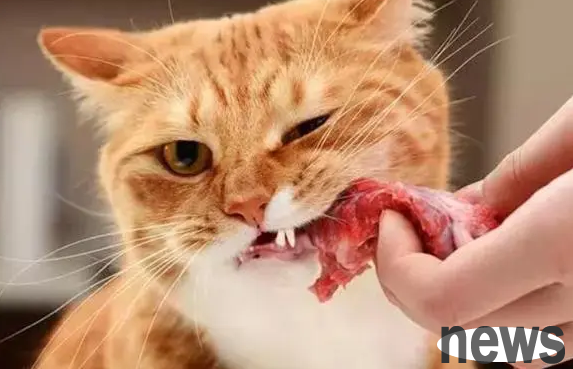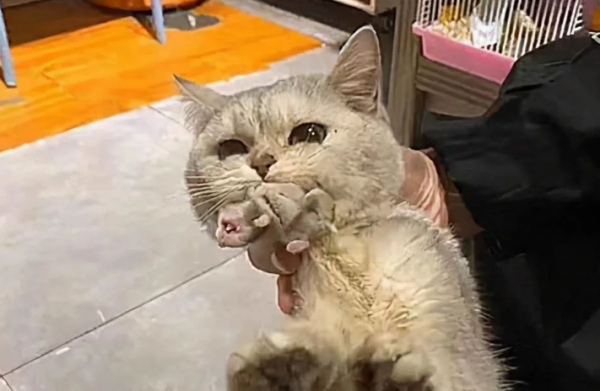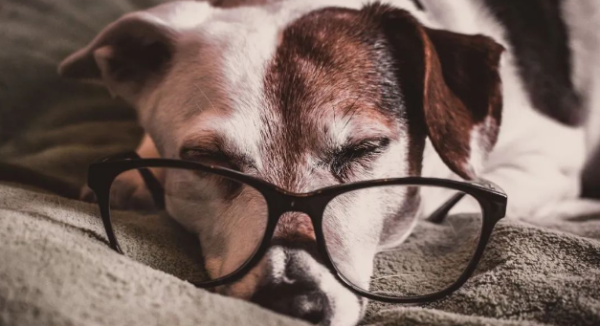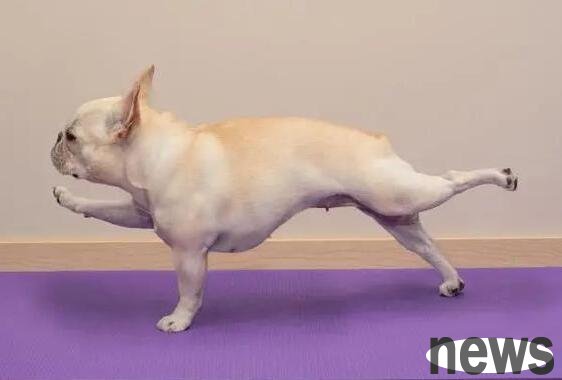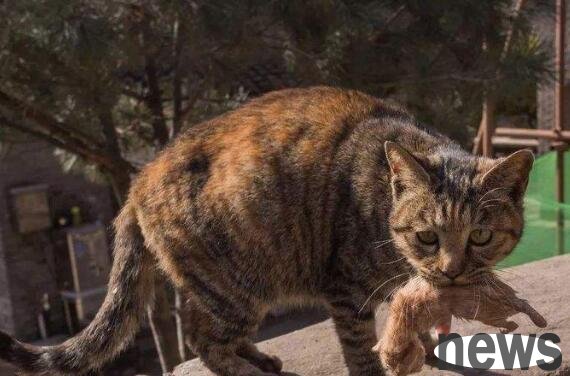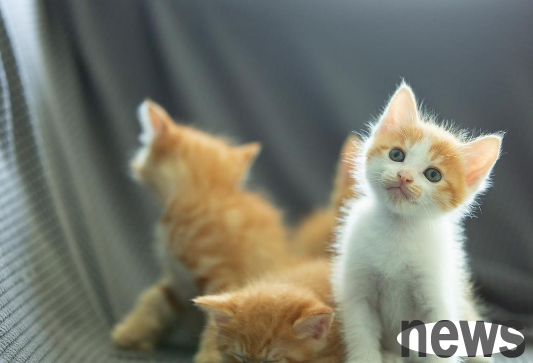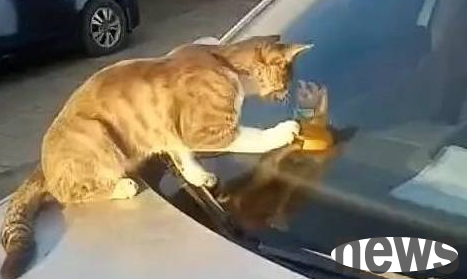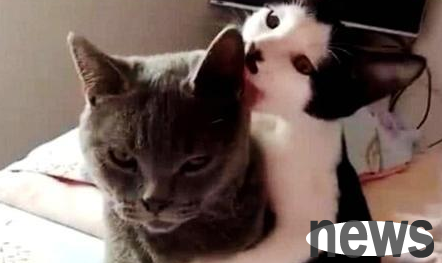Causes and treatment methods of vaginitis (vulvaritis) in female dogs
Female dog "vulvaritis" is inflammation of the vagina and vestibular area, while "vaginitis" is inflammation of the vagina. The symptoms of these two inflammations (vulvaritis and vaginitis) are similar and the treatment methods are relatively the same. Let me introduce it here:
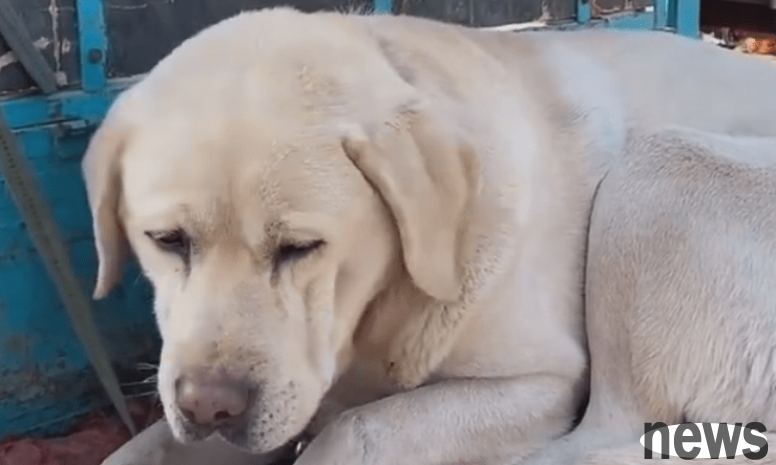
1. The causes of canine vaginitis (vulvaritis):

1. It is mostly caused by vulva trauma during delivery of a female dog, poor disinfection of hands or instruments during midwife, and human bacteria on her tail.
2. During mating, damage to the vulva mucosa of the female dog can also cause this disease. 3. Primary vaginitis is more common in some large dogs before sexual maturity, such as German shepherds, boxer dogs, etc. 4. Secondary vaginitis is more common in adult dogs. Often due to long estrus period, unclean mating, infection during delivery, and secondary uterine, bladder, urethra and vestibular infections. 5. Vaginitis is often associated with vulvaritis.
2. Key points of diagnosis of canine vaginitis (vulvaritis):
1. The symptoms of vulvaritis and vaginitis are similar.
2. The symptoms of vulvaritis include the vaginal discharge of mucus and purulent secretions, the sick dog is restless, urinating on the back, frequent urination, and moaning.
3. The labia is swollen, and most sick dogs refuse to check the vulva due to pain.
4. The vaginal vitiligo is often contaminated by secretions, which induces dermatitis.
5. Primary vaginitis is mostly manifested as a large amount of purulent secretions in the vagina before sexual maturity. In addition to the vaginal discharge of abnormal secretions, secondary vaginitis often licks the vulva and has frequent urination and oligouria.
6. Vaginal examination shows congestion and swelling of the vaginal mucosa, and other systemic symptoms of vulvaritis and vaginitis are not obvious.
3. Prevention and treatment measures for canine vaginitis (vulvaritis): 1. For female dogs, first clean the tail and vulvar, open the vaginal cleft, rinse the vulvar with O.1% potassium permanganate or O.1% rafnuer solution, wrap the tail root with bandage and tie it to one side to avoid irritating the vagina too much. After cleaning, apply anti-inflammatory ointment to the vulva. 2. Vaginitis before sexual maturity does not require treatment and generally disappears on its own during the first estrus. 3. For vaginitis in adult dogs, bacterial infection should be cured. If necessary, antibiotic cords can be used throughout the body, but the results of the drug sensitivity test conducted by the vaginal culture should be based on. 4. Use antibiotics and vaginal rinses throughout the body, and should continue until about 1 week after the vaginal discharge disappears.


